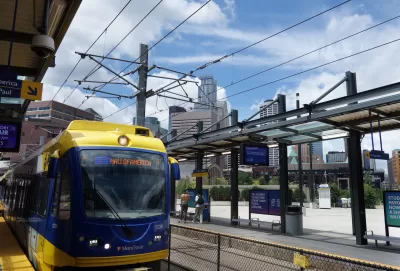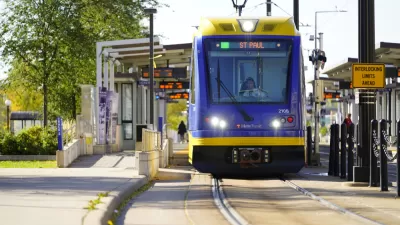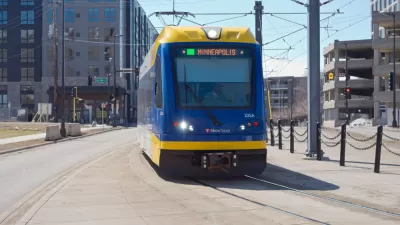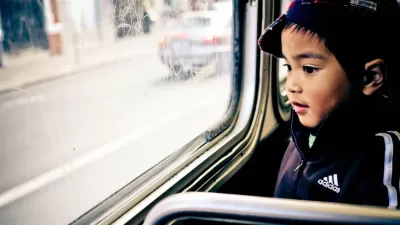The city’s transit agency is reporting high rates of return to transit, aided by college students and Taylor Swift fans.

The Star Tribune Editorial Board extols the ‘welcome’ recovery of transit ridership in Minneapolis in an editorial, noting that “ridership numbers have been improving and now they appear to be surging.”
For January through May — the latest numbers available — Metro Transit provided 17.7 million rides, a nearly 20% jump compared to the same time last year, and on par with national transit ridership trends. And transit officials say ridership is increasing for every mode, whether light rail, bus or bus rapid transit.
The board notes that peak ridership in 2015 neared 86 million fares, but the recovery is still impressive. According to Metro Transit Interim General Manager Lesley Kandaras, “‘one thing we've learned is that frequent, fast, all-day service,’ such as light rail and bus rapid transit ‘has been much more resilient than express buses, which head to downtown from the suburbs in the morning and back in the evening.’”
Part of the rebound is thanks to college students who receive free transit rides as part of their university fees. “More operators have also helped boost rider numbers. Kandaras said staffing has yet to return to pre-pandemic levels, but transit officials have hired more than 200 new bus drivers this year, a couple dozen more are in training to become rail operators, and recruitment continues.” And although the ‘Swiftie bump’ during the weekend Taylor Swift performed in the city was temporary, it could signal a similar surge in ridership during other popular events.
FULL STORY: A welcome surge in transit ridership

Planetizen Federal Action Tracker
A weekly monitor of how Trump’s orders and actions are impacting planners and planning in America.

Chicago’s Ghost Rails
Just beneath the surface of the modern city lie the remnants of its expansive early 20th-century streetcar system.

San Antonio and Austin are Fusing Into one Massive Megaregion
The region spanning the two central Texas cities is growing fast, posing challenges for local infrastructure and water supplies.

Since Zion's Shuttles Went Electric “The Smog is Gone”
Visitors to Zion National Park can enjoy the canyon via the nation’s first fully electric park shuttle system.

Trump Distributing DOT Safety Funds at 1/10 Rate of Biden
Funds for Safe Streets and other transportation safety and equity programs are being held up by administrative reviews and conflicts with the Trump administration’s priorities.

German Cities Subsidize Taxis for Women Amid Wave of Violence
Free or low-cost taxi rides can help women navigate cities more safely, but critics say the programs don't address the root causes of violence against women.
Urban Design for Planners 1: Software Tools
This six-course series explores essential urban design concepts using open source software and equips planners with the tools they need to participate fully in the urban design process.
Planning for Universal Design
Learn the tools for implementing Universal Design in planning regulations.
planning NEXT
Appalachian Highlands Housing Partners
Mpact (founded as Rail~Volution)
City of Camden Redevelopment Agency
City of Astoria
City of Portland
City of Laramie





























